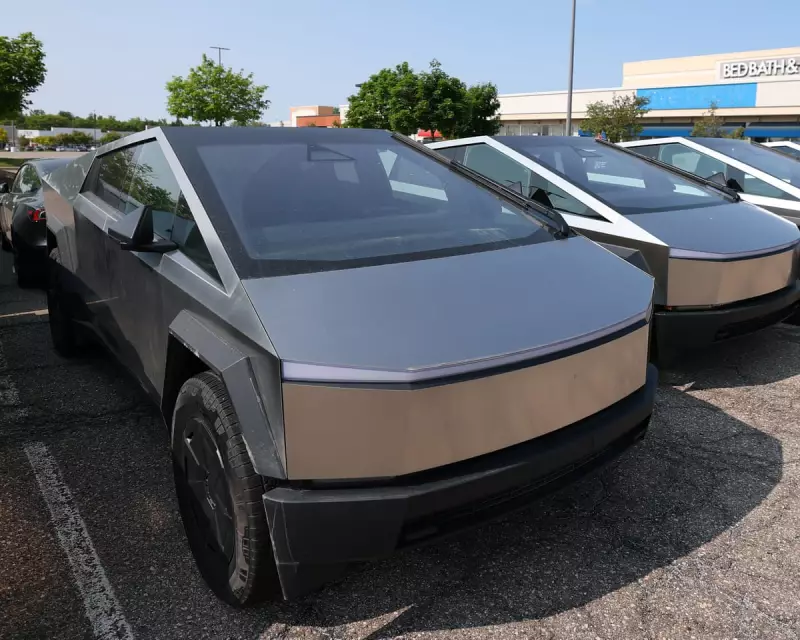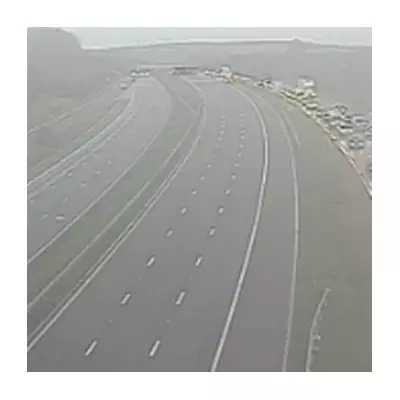
A tragic accident involving Tesla's controversial Cybertruck has escalated into a major legal battle for the electric vehicle giant, following a fatal crash in California that claimed one life and left another severely injured.
The Incident That Sparked the Lawsuit
According to court documents filed in Alameda County Superior Court, the lawsuit centres around a catastrophic collision that occurred when a Tesla Cybertruck reportedly failed to detect and avoid a pedestrian. The vehicle was allegedly operating with its advanced driver-assistance systems engaged at the time of the incident.
Family Seeks Justice and Answers
The plaintiffs, representing the estate of the deceased victim, allege that Tesla's much-publicised autonomous driving technology contains critical flaws that directly contributed to the tragedy. The complaint asserts that the company's marketing of its self-driving capabilities created a false sense of security among consumers.
Key Allegations in the Legal Challenge
- Autonomous system failure: The Cybertruck's sensors allegedly failed to recognise the pedestrian in its path
- Misleading marketing: Claims that Tesla overstates the capabilities of its Autopilot and Full Self-Driving features
- Design defects: Questions about the vehicle's overall safety architecture and emergency response systems
- Corporate negligence: Allegations that Tesla prioritised rapid innovation over thorough safety testing
Broader Implications for the EV Industry
This lawsuit arrives at a critical juncture for the autonomous vehicle sector, as regulators and consumers increasingly scrutinise the safety promises made by technology companies entering the automotive space. The case could establish important precedents for how self-driving technology is regulated and marketed to the public.
Tesla has faced previous legal challenges regarding its autonomous driving claims, but this case represents one of the first major lawsuits involving their polarising Cybertruck model. The outcome could significantly impact consumer confidence in electric vehicles and shape future safety standards across the industry.
What Comes Next?
Legal experts suggest this case may take years to resolve through the court system, with both sides preparing for a lengthy battle. Meanwhile, safety advocates are calling for more rigorous testing and transparency requirements for all vehicles equipped with autonomous driving systems.
The tragedy serves as a sobering reminder of the complex challenges facing the transition to automated transportation, balancing technological innovation with fundamental safety concerns.





